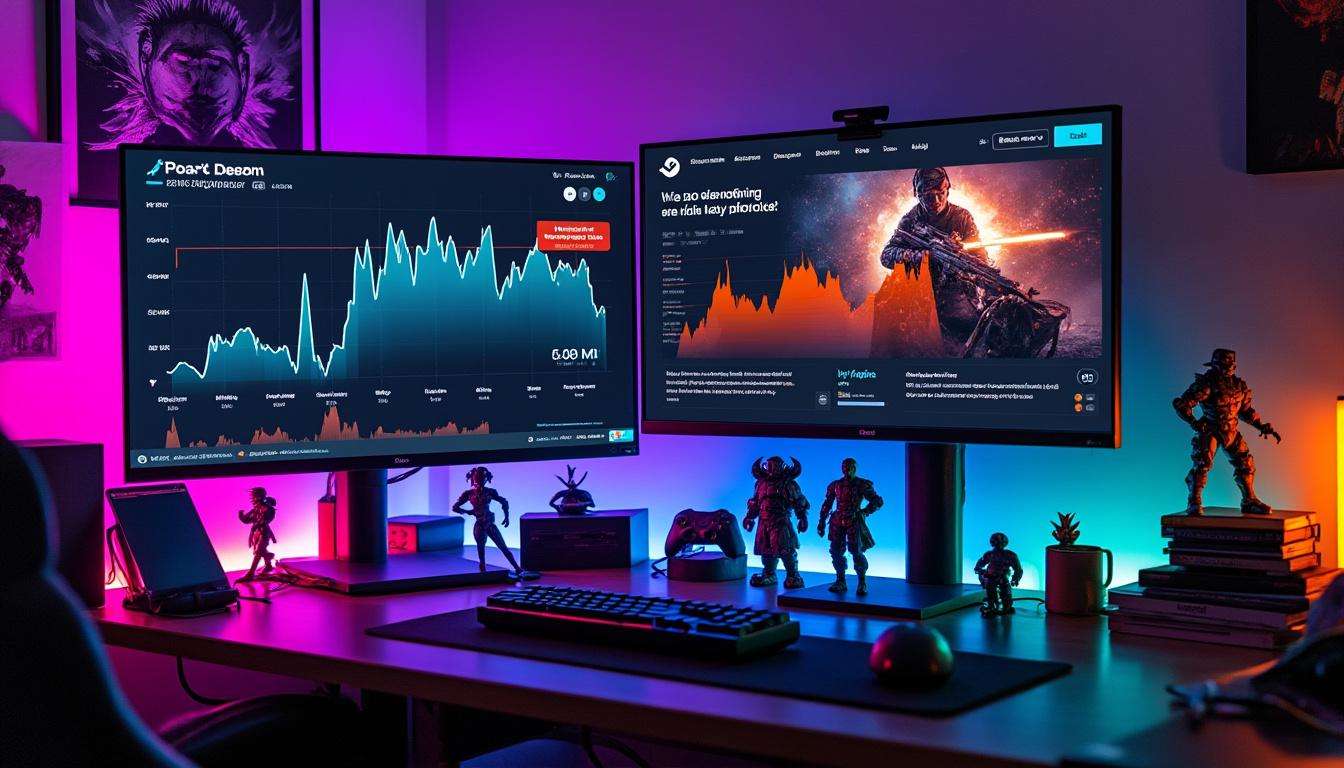In the ever-evolving landscape of PC gaming, few stories have captured the complex dynamic between game developers, players, and platform policies as vividly as the recent saga surrounding the tactical shooter Ready or Not. Originally launched on Windows PC, this shooter game has found itself at the nexus of controversy due to a series of animation changes aimed at securing certification for upcoming console releases. These adjustments, intended to modernize the game’s technology and comply with platform standards, have ignited a firestorm of discontent among its core community. Accusations of censorship and betrayal echo loudly across Steam, fueling a wave of review bombing that might appear damaging at first glance but paradoxically has propelled Ready or Not back to the top charts in video game sales.
This case exemplifies the tension that often arises when game developers attempt to expand their audience beyond PC gaming by adjusting content to satisfy console regulations. The gaming industry has long grappled with balancing artistic integrity against broader commercial ambitions. The Ready or Not controversy highlights how controversial games can become lightning rods for debates about censorship, player expectations, and the influence of corporate standards. Notably, despite “Mixed” recent reviews due to the critical response, the title’s resurgence in revenue and player count reveals the complex and sometimes counterintuitive relationship between review bombing and online gaming success on platforms like Steam.
How Review Bombing Shapes The Fate Of Controversial Shooter Games On Steam
Review bombing, the collective act by players to leave coordinated negative reviews often driven by issues beyond the game’s actual quality, has become an influential force in the PC gaming community. For Ready or Not, this phenomenon was triggered following the developer VOID Interactive’s announcement of gameplay animation changes to meet console certification standards. The backlash centered on perceived censorship of violence and gore, sparking heated criticism from fans who viewed these changes as a betrayal of the original vision.
Understanding how review bombing functions reveals why it can sometimes amplify a game’s visibility rather than diminish it. Steam’s algorithm responds to spikes in player activity and review volume, which often translate into games climbing the video game sales charts despite—or because of—the storm of negative attention. Key factors explaining this paradox include:
- Heightened Publicity: Negative buzz draws curiosity and renewed interest.
- Community Engagement: The controversy sparks debates that maintain active player involvement.
- Discounted Pricing: Steam’s summer sale has offered Ready or Not at a 50% discount, enticing new buyers.
- Cross-Platform Ambitions: Efforts to prepare for PlayStation 5 and Xbox Series X release expand the game’s potential reach beyond just PC gaming.
Consequently, review bombing while often viewed as solely harmful, can paradoxically function as a potent marketing tool that elevates a controversial shooter’s profile within the crowded marketplace of online gaming.
Developers’ Dilemma: Balancing Artistic Vision And Console Certification Requirements
VOID Interactive’s decision to modify Ready or Not’s animations and reduce explicit gore representations highlights a broader challenge faced by game developers aiming to enter console markets known for stringent content certification. The team transitioned from Unreal Engine 4 to Unreal Engine 5 to leverage enhanced, integrated animation features that simplify development and improve performance, especially important for supporting planned cross-play functionality.
However, adapting content to meet console certification involves tough compromises, including:
- Limiting ongoing corpse dismemberment animations to comply with platform standards on gore depiction.
- Toning down art and sequences depicting torture to navigate content policy restrictions.
- Covering nudity in parts of the game to achieve broader acceptability without removing all mature themes.
This partial censorship was justified by the developers as necessary to meet certification requirements without significantly diluting the game’s core tactical experience. This pragmatic approach, however, clashes with some players’ expectations of uncompromised content in PC gaming. The debate underscores the conflicting values between open PC gaming ecosystems and platform-controlled console markets, reflecting ongoing tensions in the gaming industry about creative freedom versus commercial realities.
Impact Of Mixed Reviews And Controversy On Ready Or Not’s Sales Performance
The Ready or Not controversy serves as a compelling example of how mixed reviews driven by review bombing do not necessarily dictate commercial failure. Despite the flood of negative sentiments on Steam accusing the developers of “selling out” the core PC fanbase for console market gains, the shooter game swiftly climbed to 15th place on the global top sellers list, outpacing other notable releases.
Key elements contributing to this surprising sales outcome include:
- Price attractiveness: While discounted at 50%, the game retains a higher price point than many competitors, signaling robust demand.
- Market visibility: Continuous media coverage linked to the controversy boosts brand recognition.
- Player curiosity: The ongoing debate fuels trial among undecided gamers who want to experience the game firsthand.
- Developer transparency: VOID Interactive’s open blog posts explaining the rationale behind their decisions cultivate some level of community understanding.
Overall, the case illuminates the volatile nature of online gaming reputations and how video game sales can thrive amid negative public sentiment, painting a nuanced picture of the interaction between player feedback, platform policies, and market responses.
